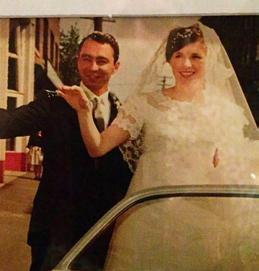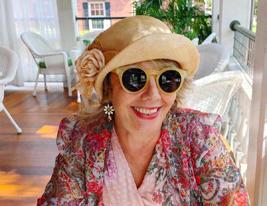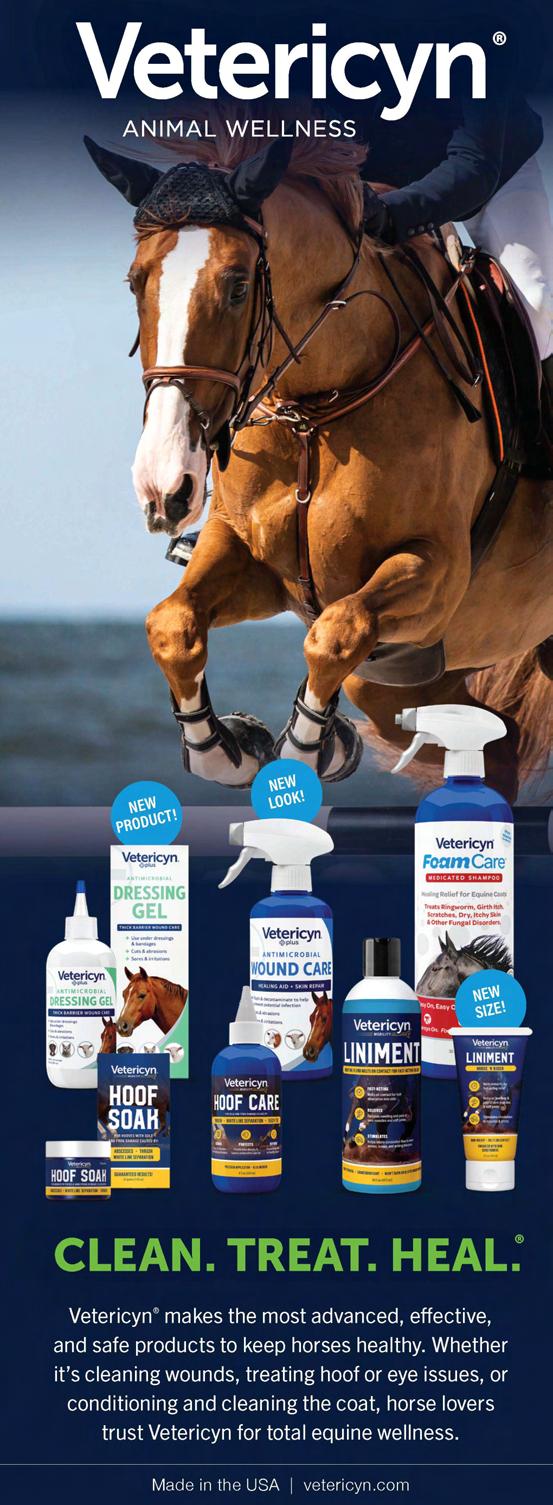
2 minute read
HIS HERS & Tom Poulin: Modern Day Gulliver
with L.A. Sokolowski, equinista

Advertisement
Over a 50-year career as a clinician, trainer, coach, U.S.E.F. Senior Dressage Judge and U.S.D.F. ‘L” program instructor serving that compe��ve sandpit we know and love called the dressage arena, Tom Poulin, of Geneva, Illinois, has been called a lot of things since star�ng to serve his sport in 1968, spanning five Olympics and chairing the groundbreaking U.S.D.F. Freestyle Commi�ee. As the eminent horseman lightens his professional contact and give re�rement its head, may we add one more descrip�on: Modern-day Gulliver. For like Jonathan Swi�’s protagonist, Tom briefly eschewed the company of his own kind to embrace a vow of silence and live among horses, in the tack room of the family barn on Hillside Farm in Maine. A�er eight years away, immersed in an educa�on encouraging abstract thinking he confessed, “I just couldn’t interact with other humans.” That’s okay, sir, you wouldn’t be the first horse person to ‘fess up to that, am I right? So let’s keep good company with a fine horseman, who has grown American dressage from its grassroots and s�ll believes in “the quality and art that go into horsemanship and bring out the beauty of the horse.”
HERS: What did your first horse teach you and does it still apply?
HIS: A Western mare taught me what a horse was about. What is a horse? At 15, I knew zero but we had 120 acres where we could ride and get to know each other. I had a good Western saddle with a horn, and could hang on and learn.
HERS: What qualities do you like best in a horse?
HIS: Temperament, character, and a willingness to work with me. Does it have the best canter and walk (as the two are connected)? The trot you can always improve.
HERS: Best qualities in a person?
HIS: Honesty and character. Life is so short. True friends. The ones you ask for help that say, let me know what you need. And forgiveness, what else is there? If we don’t make mistakes we’re not trying.
HERS: What was your first job and how old were you?
HIS: I went to work at 15 at the local hospital washing floors, doing dishes, helping the nurses, to make a living for our family. Our father died when I was 13; he was 49 when he left us and there we were, kids from Newport, Rhode Island in the Maine wilderness. Someone had to do it.

HERS: If you worked outside the horse world what would you be doing?
HIS: I was destined to be a doctor but went into a different field. I’d be a doctor with a Floating Hospital (non-profit healthcare services to medically underserved communities).
HERS: Favorite quote?
HIS: My own: May the haunches be with you.
HERS: What have been some historic moments in dressage in the last 50 years?

HIS: Definitely introducing the Freestyle to Olympic and World classes by 1996. I saw in the performances at the Spanish Riding School what music could do in sync with horses. The freestyle made dressage accessible to neophytes.
HERS: What and where was the highest score you’ve ever given?
HIS: Lamplight, Illinois, over 80% at FEI-level. Both horse and rider did a very good job.
HERS: You can spend a day anywhere, with any horse or rider in history, who is it?
HIS: The French Riding School with General (Albert) Decarpentry, author of Piaffer et Passage (1931). He set the standard.
HERS: Where would you like to see dressage in the next 50 years?
HIS: Just keep evolving! Let’s see more trainers based in the classical methods.
HERS: You can invite three guests (past or present, real or fictional) to dinner. Who joins you and what’s served?


HIS: Waldemar Seunig, (Colonel) Gustaf Nyblaeus, and my coach and Oberreiter, Franz Rochowansky. Such an international group would require a variety of choice meats and vegetables, but I’d start with escargot.
Learn more from this dressage pioneer and horseman by following him on Facebook.com/ Tom.Poulin. Know a horseman we should meet? Email me at latheequinista@gmail.com.












